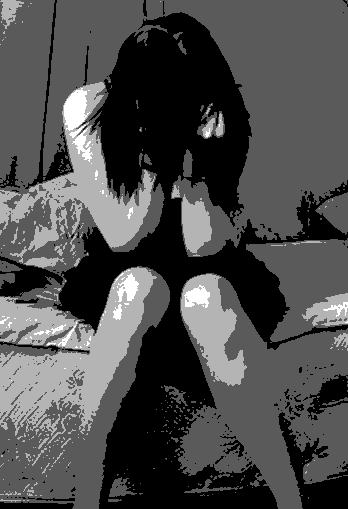Three-prongs to spot and avoid suicide
 Mental health experts are working on new risk assessments which they say could help reduce suicide.
Mental health experts are working on new risk assessments which they say could help reduce suicide.
School of Psychology researcher Dr Keith Harris says his Suicidal Affect-Behaviour-Cognition Scale (SABCS) is a more accurate predictor of suicidality than other methods, and could save lives.
“There are countless suicide risk assessments out there, some of them very well-publicised but very poorly formatted or validated,” Dr Harris said.
“For instance, there are some tests where the subject can simply answer ‘yes’ or ‘no’ to questions and that leaves a lot of room for error about that person’s frame of mind.
“Then you have sliding scales where circling the numeral zero indicates a response of ‘never’ and circling the number one means ‘not at all’. What is the difference?
“There are vague terms that can be interpreted differently by people, and who is to say that the difference between a response of zero and one is equal to the difference between one and two?”
Dr Harris undertook a deep analysis of statistical correlations between influencing factors, questions posed by other assessment models, and suicidal behaviours.
His three-pronged approach — considering emotions, behaviours and cognition (thoughts) — is one of just a few to strike at a tripartite intersection of data.
“I would like to see the SABCS adopted as I genuinely believe it may be the best measure of its kind, and improved accuracy will mean greater diagnosis and prevention,” he said.
“Relatively, there is too much emphasis on death from suicide, as opposed to intent to suicide.
“We know that most people who take a suicidal action do not die on their first attempt.
“If people even have moderate thoughts of wanting to kill themselves, they need serious help.”
Australian Bureau of Statistics figures place suicide as the most common cause of death for people aged 15 to 24. Across all ages, Australia sees over 2500 deaths from suicide every year.
The ABCs of Suicide Risk Assessment, is published in the Public Library of Science journal PLOS One.







 Print
Print